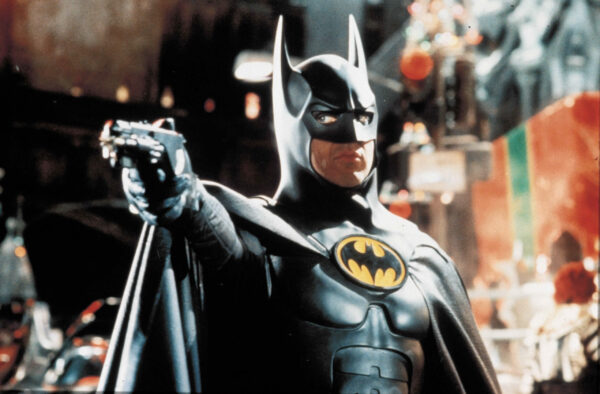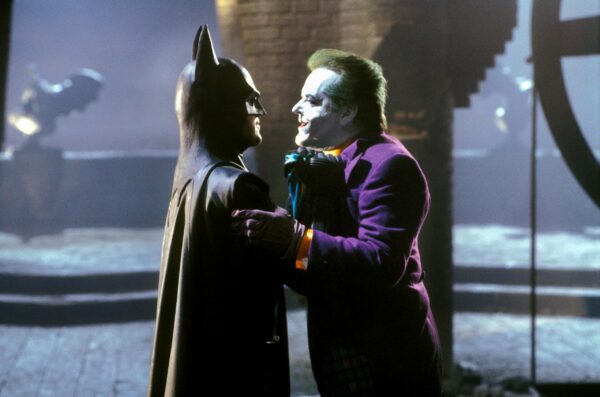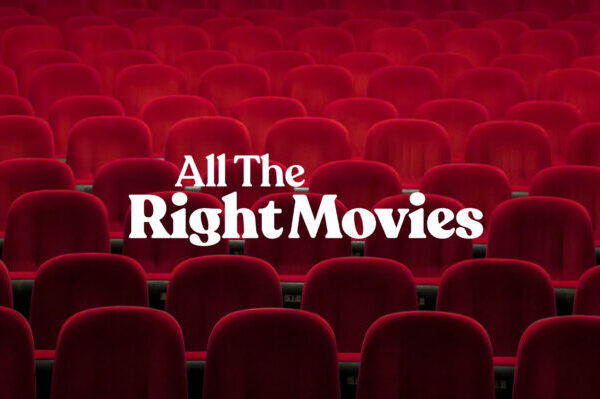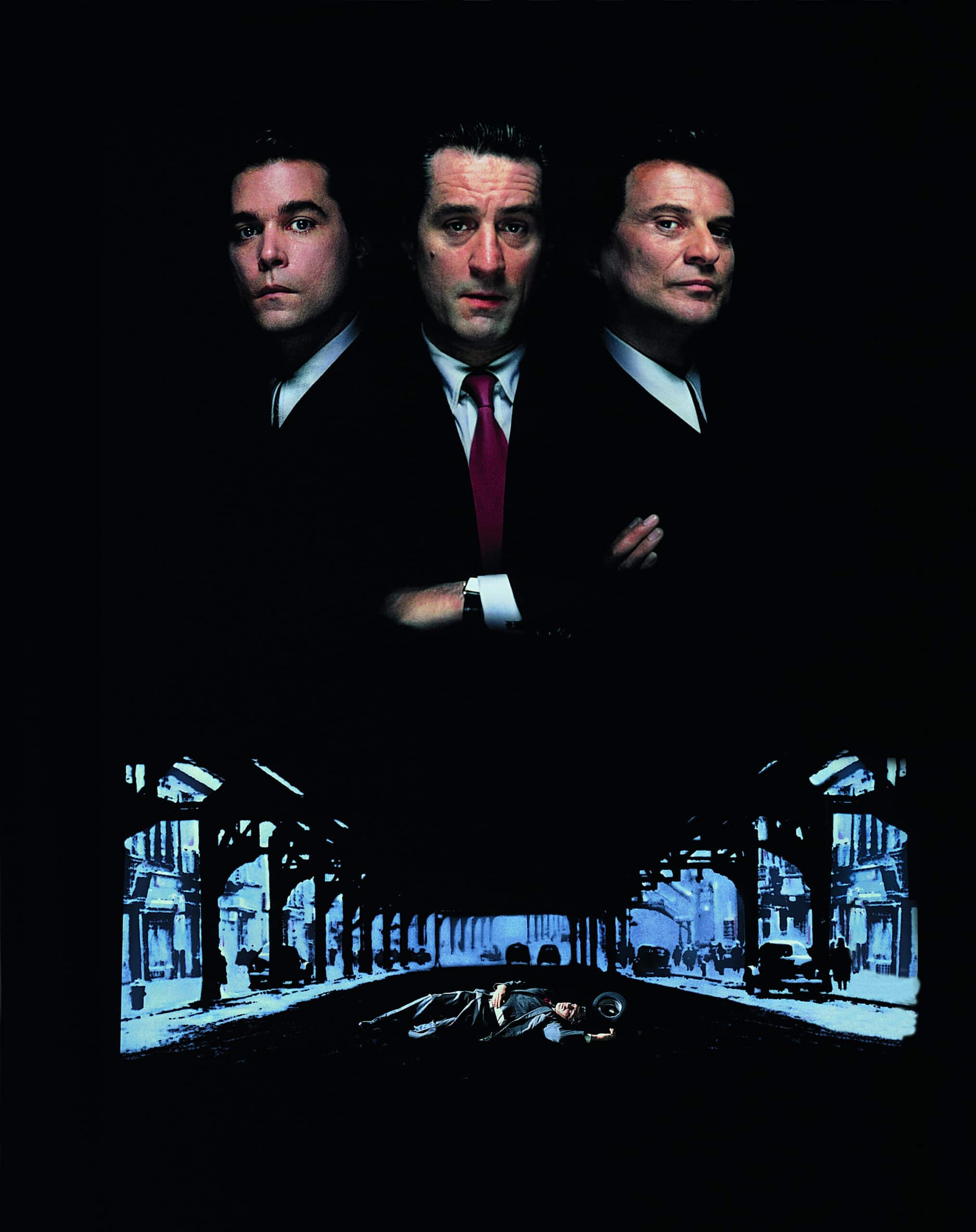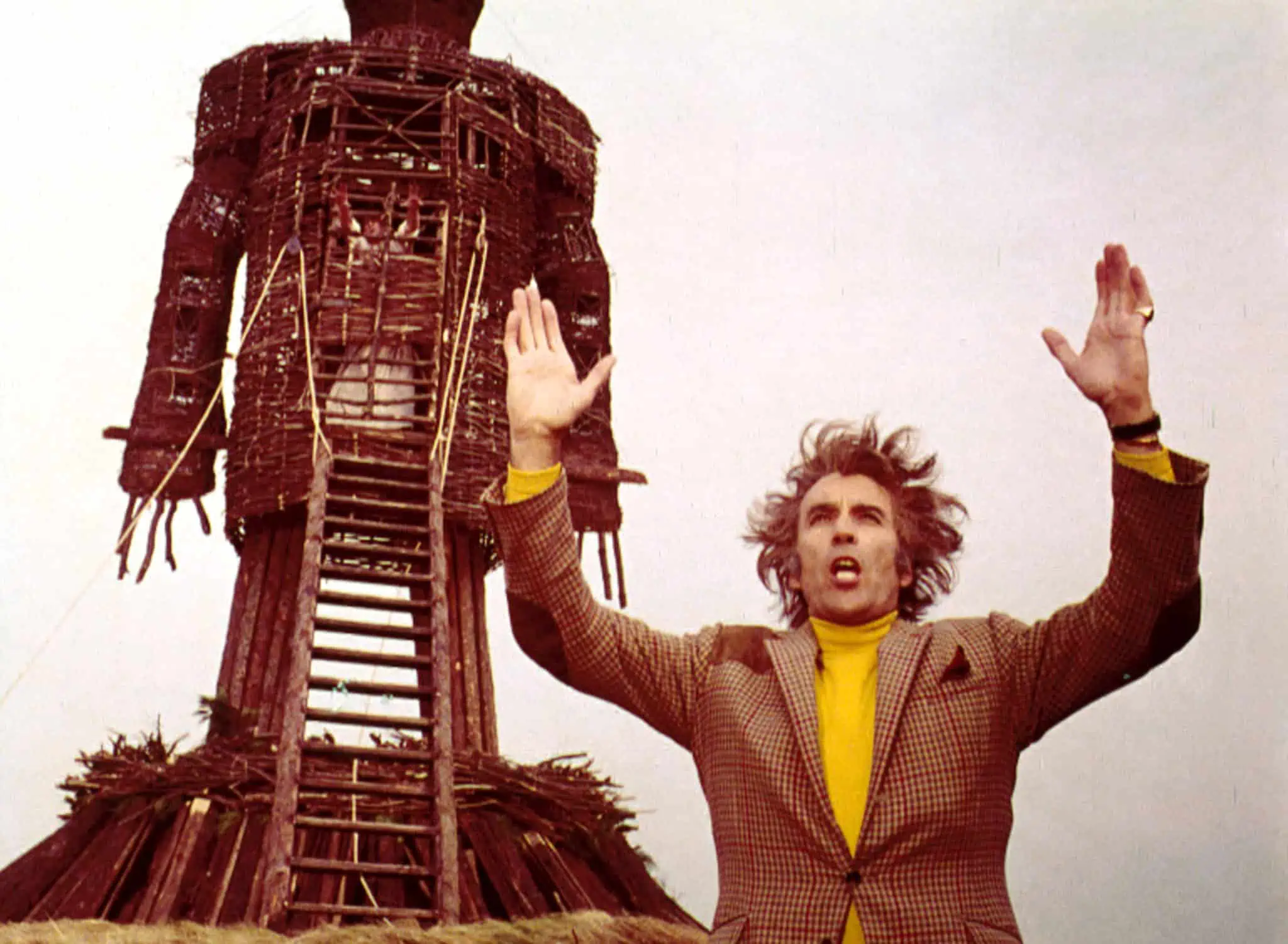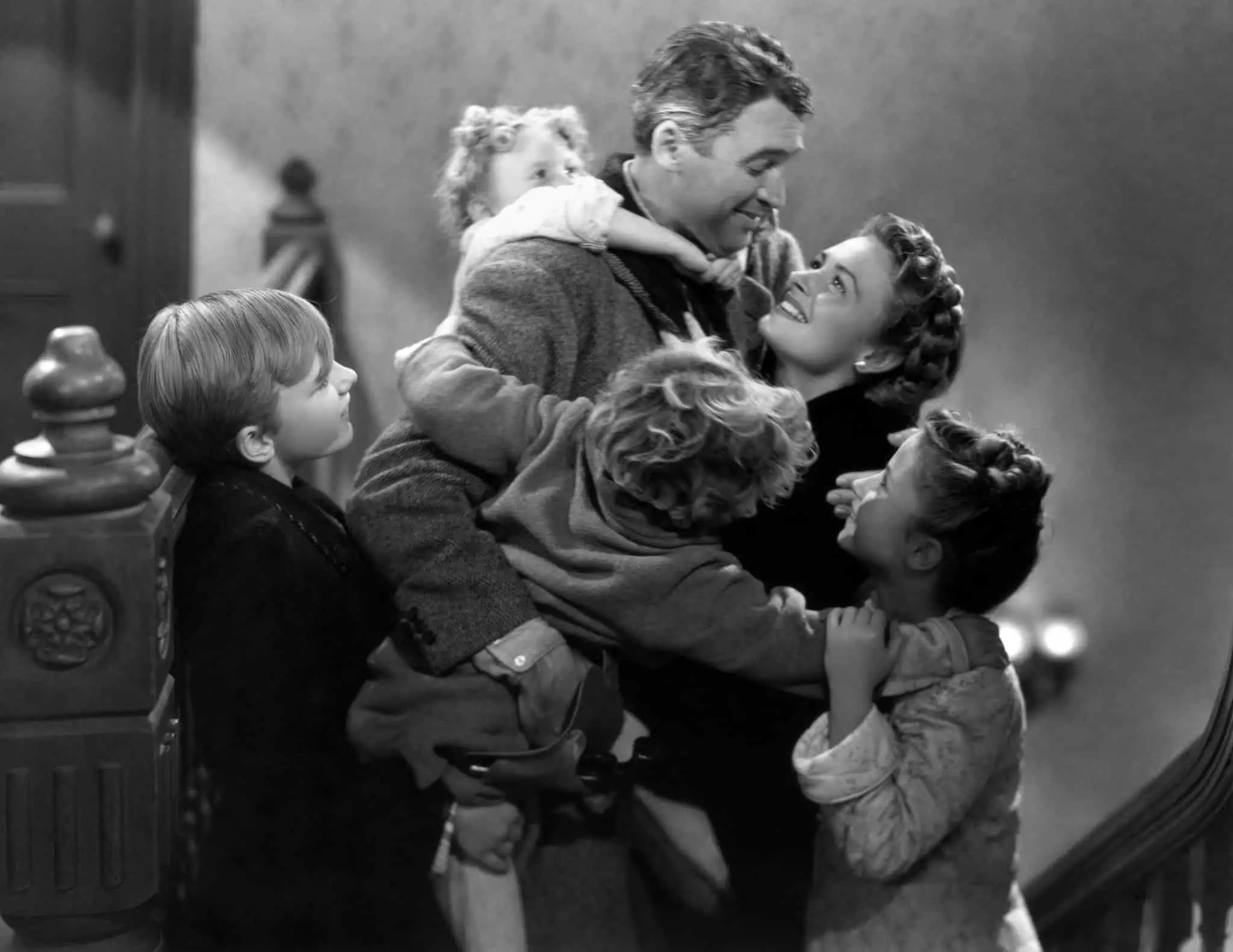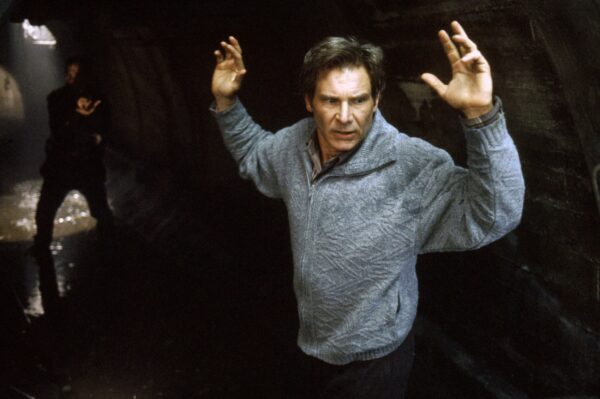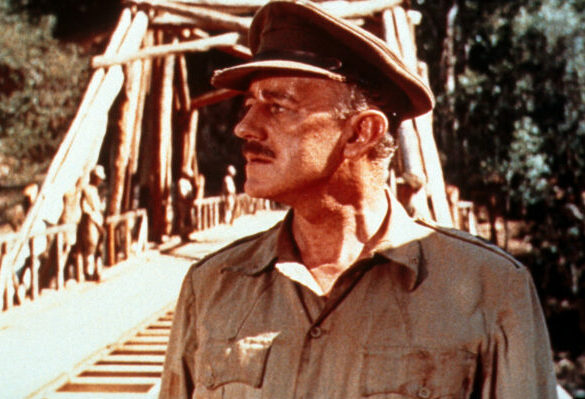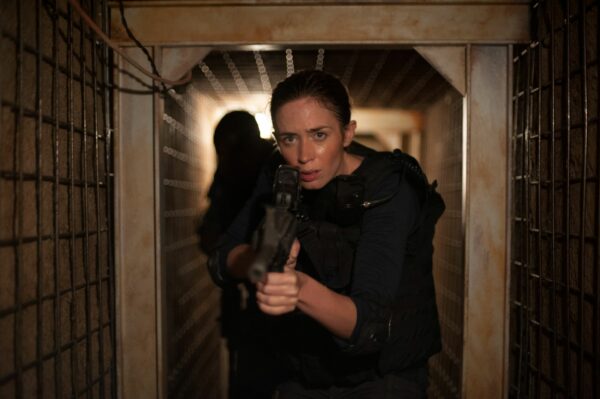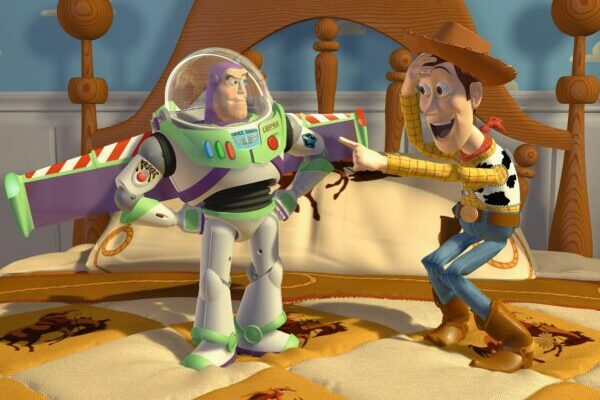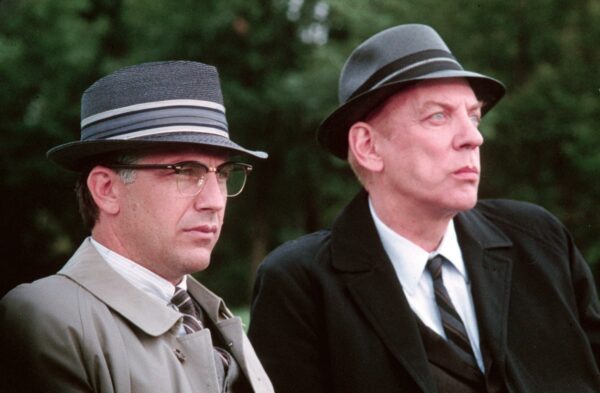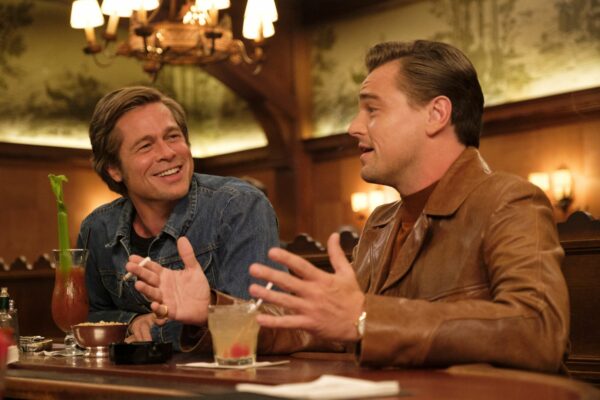
The Oscars are always a hotly-discussed topic, and the 1994 ceremony is one of the most debated. Brett Dworski goes back to the nineties to see if the Academy got it right in awarding Best Picture to Forrest Gump.
Forrest Gump was a smash hit in the summer of 1994. On top of grossing nearly $680 million at the box office and pinning Tom Hanks as one of the most celebrated actors of his generation, the film received numerous accolades and praise. At the 67th Academy Awards, it garnered 13 nominations and 6 wins, including Best Picture. But, since 1994 has been coined one of the untouchable movie years (the other nominees for Best Picture were Pulp Fiction, Quiz Show, Four Weddings and A Funeral, and The Shawshank Redemption), I’m left wondering: was Forrest Gump really the best film of 1994? Let’s find out.
As we revisit the top films of 1994, I’ll be judging them based off of four key elements that make a movie: story, themes, characters/acting, and visuals. I’ll briefly discuss each film in each respective element and reveal which captures that criteria the best.
Story
The 1994-95 Best Picture nominees received recognition because of their clever, powerful and poignant stories. To this day, Quiz Show’s astonishing, fact-based account of the Twenty-One quiz show scandals of the 1950s holds you by the jugular for two hours. Four Weddings and a Funeral is a heartwarming, heartbreaking and downright hilarious romantic comedy. Pulp Fiction is a layered, neo-noir crime drama that – while difficult to follow at first, maybe – brilliantly captures the criminal underbelly of Los Angeles. Forrest Gump winsomely captures the major events of the 20th century through the eyes of a slow-witted but kind-hearted man. The Shawshank Redemption’s haunting, inspirational and linear depiction of prison life and companionship is as textbook as it gets.
But what makes a good story? That’s a subjective question. On my end, it’s keeping me intrigued from start to finish with an emotionally compelling premise and, of our nominees, there’s no better combination of the two than Shawshank (it was based off of a novella by the great Stephen King, after all). Andy and Red’s 20-year journey together in prison is both grueling and sentimental while the ending is beyond satisfying.
Winner: The Shawshank Redemption
Themes
Thematically, each film is superb. Shawshank and Forrest Gump portray hope, friendship and perseverance, while Quiz Show highlights the battle between good and evil, and explores the depths of human desires. And, although simplistic compared to the others, Four Weddings and a Funeral encapsulates the good, the bad and the ugly of falling in love.
Pulp Fiction, though, is a thematic anomaly. Its themes of time, fate and morality are convoluted and less concrete than its competitors. For instance, with time, writer-director Qunetin Tarantino presents each scene in a non-linear sequence – famously beginning with the final diner scene – and leaves the audience interpreting when each event actually occurs. He examines fate during Vincent and Jules’ “divine intervention” moment, and tackles morality as Jules – a professional hitman – questions his livelihood and path towards righteousness. Tarantino’s themes in Pulp Fiction are perplexing, tantalizing and profound – and result in his greatest achievement.
Winner: Pulp Fiction
Characters/Acting
Although Hanks’ performance as Forrest Gump is unbeatable, the supporting cast is subpar. Gary Sinise is moving as the aggressively bitter Lieutenant Dan, but Robin Wright and Sally Field underwhelm as Forrest’s love interest and mother, respectively.
The most complete cast is a close race between Quiz Show and Pulp Fiction, but each actor in the latter brings an emotional conflict unseen in the other films. From Jules (Samuel L. Jackson) and Vincent (John Travolta) to Mia (Uma Thurman), Marcellus (Ving Rhames) and Butch (Bruce Willis), each character in Pulp Fiction faces their own internal battles, and, despite their grotesque and selfish spirits, we can’t stop rooting for them.
Winner: Pulp Fiction
Visuals
Forrest Gump outpaces its competitors in its visuals, which may be its most underrated component entirely. Robert Zemeckis and his camera crew used CGI sporadically throughout the film, such as when Forrest interacts with John F. Kennedy, Lyndon B. Johnson, and John Lennon; during the stunning napalm attack scene in Vietnam; for the removal of Lieutenant Dan’s legs; and even during the Lincoln Memorial scene, which rearranged and multiplied 1,500 extras to create the massive crowd in Washington. None of the four other candidates came close to using visuals as brilliantly as Forrest Gump.
Winner: Forrest Gump
And the winner is…
Forrest Gump won Best Picture in 1994 – but was it the best film of the year? It’s almost impossible to say, as all five of the nominees that year were spectacular in their own way. If we’re deciding strictly based off of the elements above, Pulp Fiction would take the crown. But when I’m telling my grandchildren about the movies of my lifetime and when one of them asks what the best movie of 1994 was, it’ll come down to two factors: Tarantino’s unparalleled filmmaking, yes, but also the uplifting and inspirational message in Shawshank. But, who am I to really judge?



